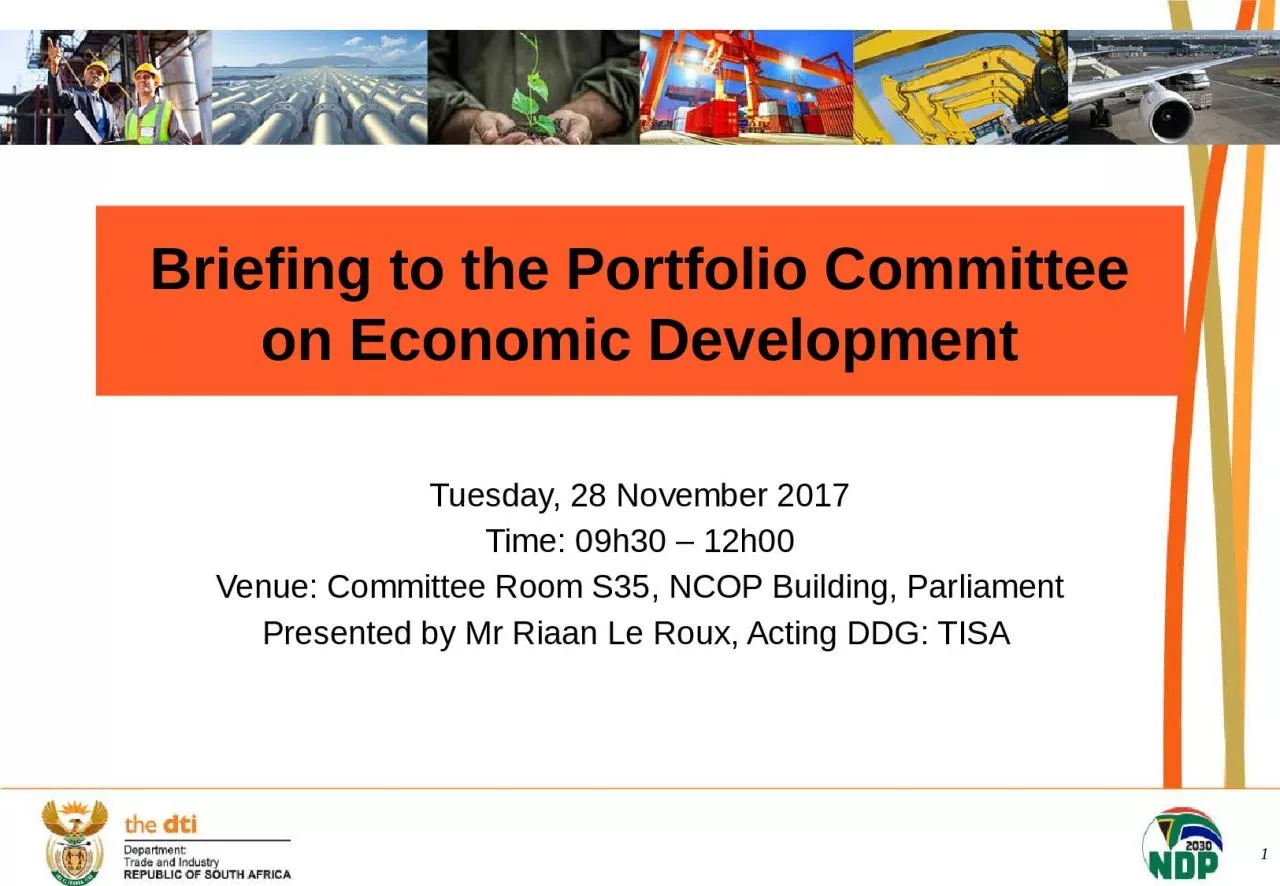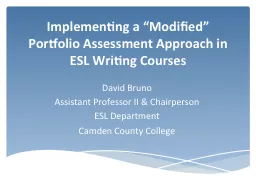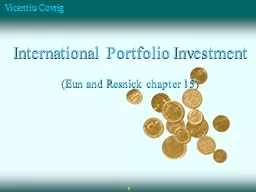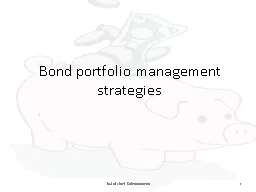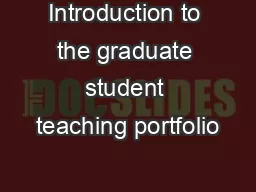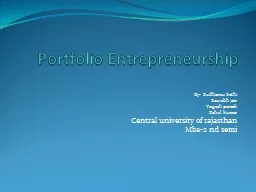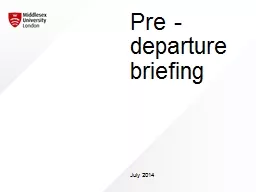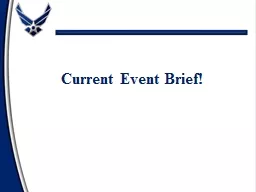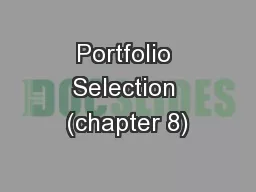PPT-Briefing to the Portfolio
Author : RainbowGlow | Published Date : 2022-08-02
Committee on Economic Development Tuesday 28 November 2017 Time 09h30 12h00 Venue Committee Room S35 NCOP Building Parliament Presented by Mr Riaan Le Roux Acting
Presentation Embed Code
Download Presentation
Download Presentation The PPT/PDF document "Briefing to the Portfolio" is the property of its rightful owner. Permission is granted to download and print the materials on this website for personal, non-commercial use only, and to display it on your personal computer provided you do not modify the materials and that you retain all copyright notices contained in the materials. By downloading content from our website, you accept the terms of this agreement.
Briefing to the Portfolio: Transcript
Download Rules Of Document
"Briefing to the Portfolio"The content belongs to its owner. You may download and print it for personal use, without modification, and keep all copyright notices. By downloading, you agree to these terms.
Related Documents

